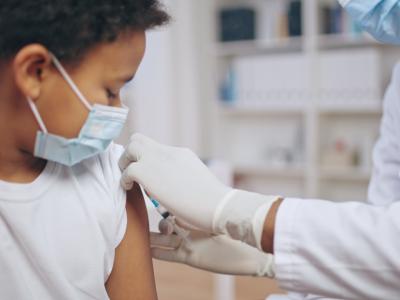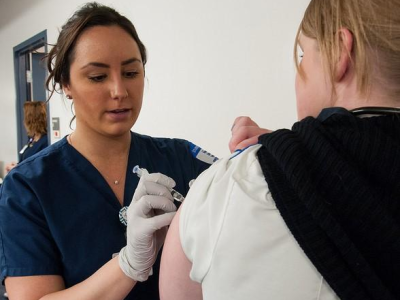Project will analyze hospital wastewater for antibiotics, resistant bacteria
The Partnership for European Environmental Research (PEER) yesterday reported the launch of a new project that will use hospital wastewater to assess how antimicrobial stewardship programs are affecting levels of antibiotics and resistant bacteria released into the environment.
The £1.25 million ($1.65 million US) STRESST project (Antimicrobial Stewardship in Hospitals, Resistance Selection and Transfer in One Health context) will use a novel wastewater sampling technique developed by the UK Centre for Hydrology & Ecology (UKCHE) in response to the COVID-19 pandemic to collect and analyze wastewater from a hospital in Malawi. Investigators from UKCHE, the Liverpool School of Tropical Medicine, the University of Bergen, and Wageningen Bioveterinary Research will analyze the water for levels of antibiotics, susceptible and resistant bacteria, and rates of transfer of resistance genes.
The project will ultimately aim to determine if antibiotics present in the hospital wastewater promote selection and sharing of resistance genes among bacteria, how the release of this water into the environment affects microbial communities in the animals that drink it, and whether antimicrobial stewardship programs can reduce the flow of antibiotics and resistant bacteria into the environment.
"We are really excited to be field-testing several next-generation wastewater sampling kits in Malawi to understand the impact of different antibiotic management programmes on the presence of antimicrobial resistance (AMR) in the hospital population," principal investigator Andrew Singer of UKCHE said in a PEER news release.
Mar 21 PEER news release
High-path avian flu outbreaks strike more commercial poultry in 2 states
South Dakota and Maryland reported more highly pathogenic avian flu outbreaks on commercial farms, and Maine reported two more outbreaks in backyard flocks, according to the latest update from the US Department of Agriculture (USDA) Animal and Plant Health Inspection Service (APHIS).
In South Dakota, the virus struck three more commercial turkey farms in three previously unaffected counties, raising the state's number of outbreaks to six. The latest outbreaks were confirmed in Hanson, Kingsbury, and Hutchinson counties. Hanson and Hutchinson counties are in the southeast corner of the state, not far from Charles Mix County, where the state's first two outbreaks were reported. Kingsbury County is in east central South Dakota. The three newly affected farms house about 108,000 turkeys.
Maryland reported a second outbreak in Cecil County, which involved a large pullet operation housing 315,000 birds. Cecil County is part of the Delmarva Peninsula poultry production area that also includes farms in Delaware and Virginia's eastern shore.
Maine reported two more outbreaks in backyard flocks, raising its total to seven in that setting. The latest events, which involved 46 birds, occurred in Knox and York counties, both of which had reported earlier outbreaks.
The ongoing outbreak activity involves the Eurasian H5N1 strain, which has now led to the loss of about 13.2 million poultry from 17 states since January.
USDA APHIS poultry outbreak page
In global developments, Albania reported highly pathogenic H5N8 avian flu at a poultry farm in Durres County in the west, according to a notification from the World Organisation for Animal Health (OIE). The outbreak started on Mar 17, killing 2,905 of 132,600 susceptible birds.
Mar 20 OIE report on H5N8 in Albania
Kenya yellow fever outbreak sickens 15 people, 4 fatally
A yellow fever outbreak declared by Kenya earlier this month has led to 15 suspected cases and 4 deaths, the World Health Organization (WHO) African regional office said in its latest outbreaks and health emergencies update.
The outbreak is centered in Isiolo County, Kenya's most sparely populated county, located in its central region about 168 miles north of Nairobi. So far, eight villages are affected, and the WHO said the spread of the mosquito-borne virus is concerning, because population immunity is low in the outbreak area. It added that the area has no history of vaccine campaigns or routine immunization.
Lab tests have so far confirmed 2 yellow fever infections among the 15 suspected cases. Further confirmation is under way.
The WHO said though yellow fever is endemic in Kenya, it hadn't been documented before in Isiolo County. It warned that the risk of further spread is high owing to the lack of population immunity. The government is developing a response plan and is planning an immunization campaign to target the affected area.
Mar 22 WHO African regional office weekly report














